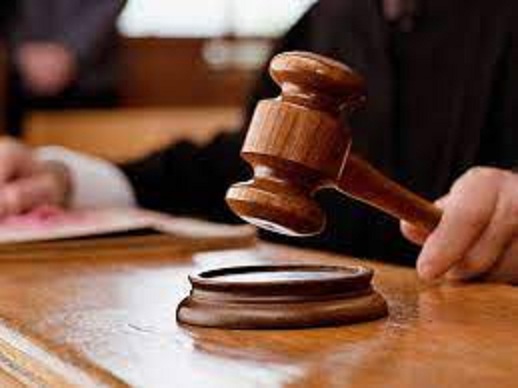C. Pradeep Kumar
The Supreme Court of India has delivered a landmark verdict that could redefine the role of the media and civil society in the justice delivery system. The apex court has clarified that public discussions and media commentary on sub judice matters are not inherently contemptuous—unless they cross the line into scandalizing the judiciary or interfering with the fairness of a trial.
This path-breaking observation marks a paradigm shift. Traditionally, courts and legal practitioners have been wary of public discourse on ongoing cases, often invoking the ‘sub judice’ rule. Now, with this ruling, a constitutional space has been formally recognized for public scrutiny and democratic engagement with the judiciary.
The Supreme Court noted that such discussions can aid judicial introspection. In a country where over 4 crore cases are pending across various levels of the judiciary—and where justice often arrives too late to be meaningful—this verdict empowers citizens, legal activists, and the media to question delays, demand transparency, and analyze judicial functioning without fear of retribution.
This ruling should not be seen as a threat to judicial independence, but rather as much-needed oxygen for an institution gasping under the weight of delay, opacity, and inaccessibility. It breathes life into the idea that public interest litigation, media campaigns, and civic criticism are vital components of a vibrant democracy—not contemptuous intrusions.
In thousands of small and medium cases, litigants suffer irreparable loss simply because their cases drag on for decades. Elderly litigants die waiting for justice. Poor victims cannot afford prolonged legal representation. Many give up under the emotional and financial burden. Until now, raising one’s voice against such systemic failures risked contempt charges. This judgment changes that.
Citizen groups like Law Abiding and Enforcing Citizens (LAEC) now have a constitutional endorsement to analyze, document, and expose such delays and injustices—without fear of gag orders. Through responsible public discourse, we can not only highlight specific cases of prolonged litigation but also push for judicial accountability and reform.
However, this liberty comes with responsibility. Criticism must be fact-based, issue-oriented, and aimed at systemic improvement. Sensationalism or personal attacks on judges are not protected by this judgment and must be unequivocally condemned.
LAEC calls upon media houses, legal scholars, and civic forums to seize this moment. Use this ruling to expose how justice is being delayed or denied. Highlight real case studies where vulnerable citizens suffer despite having valid claims. Ask the hard questions: Why was bail denied for years in bailable cases? Why aren’t constitutional benches constituted on time? Why do election-related cases reach finality only after tenures end?
Let this not be just another judgment buried in law books. Let it become the foundation for a new era of public participation in judicial reform.
The Supreme Court has opened the gates. It is now up to us—the citizens, the media, and the legal community—to walk through them with integrity and purpose. Justice must not only be done but must be seen to be done—and spoken about until it is done.
Dharmo Rakshati Rakshitah.
Righteousness protects those who protect it.






